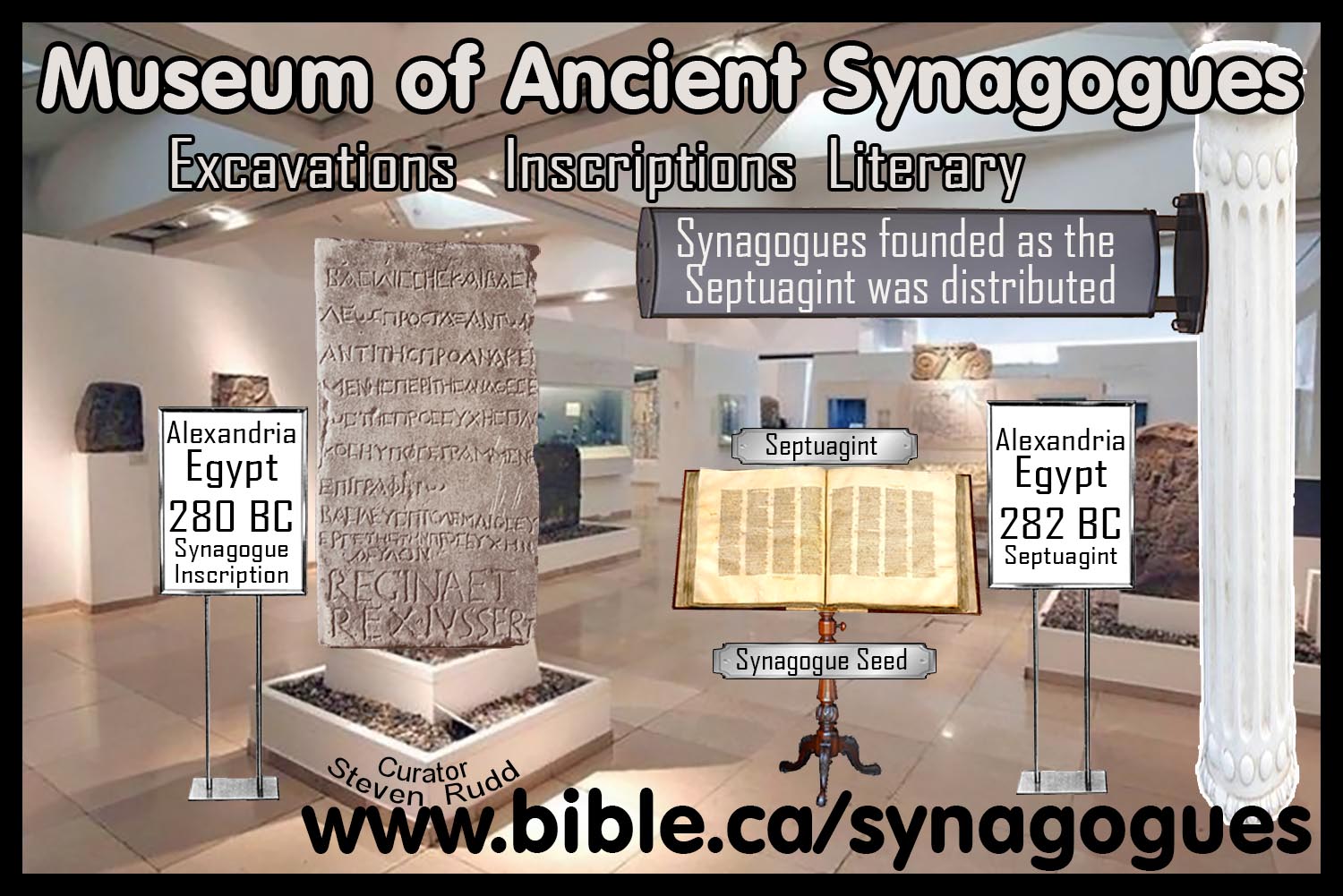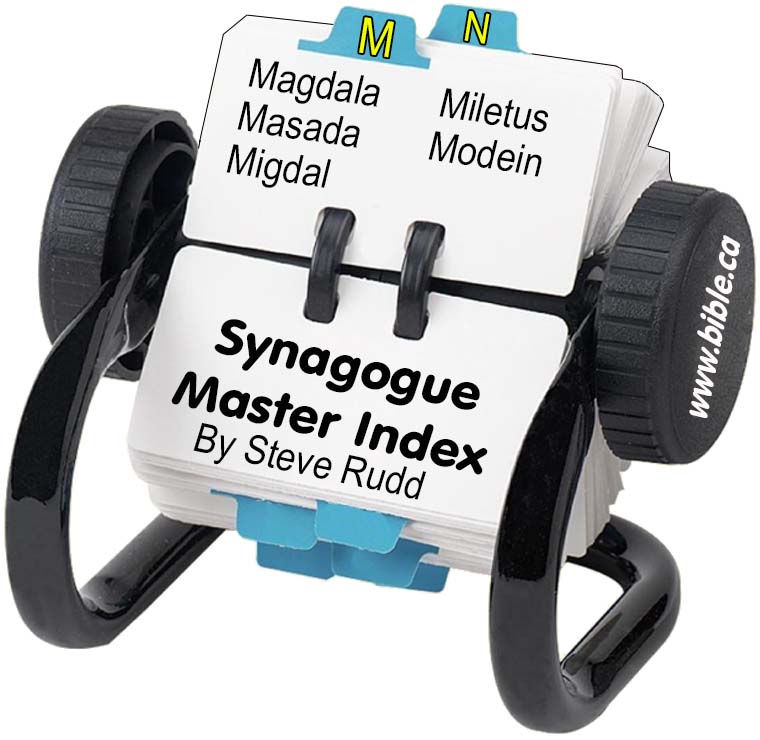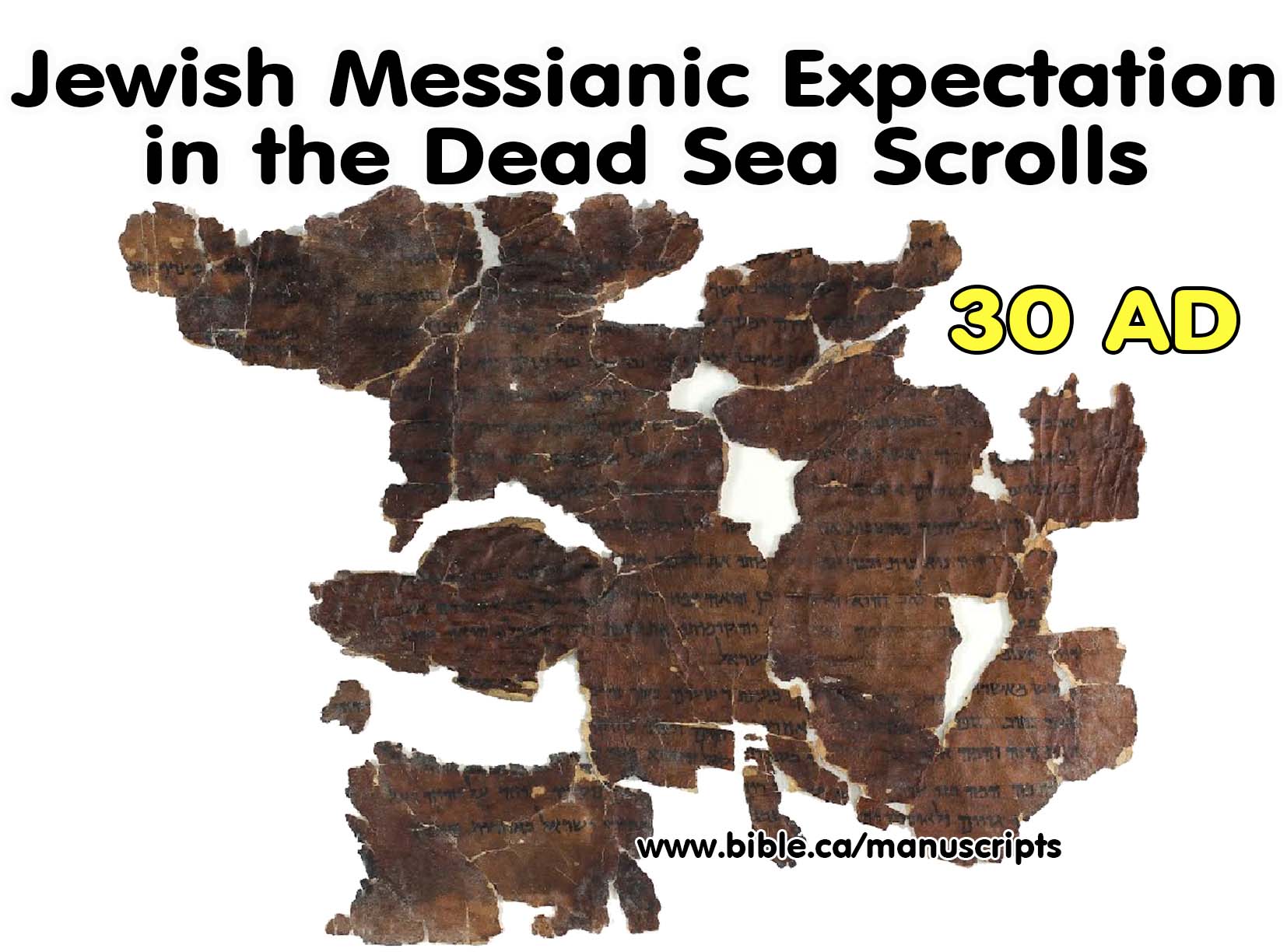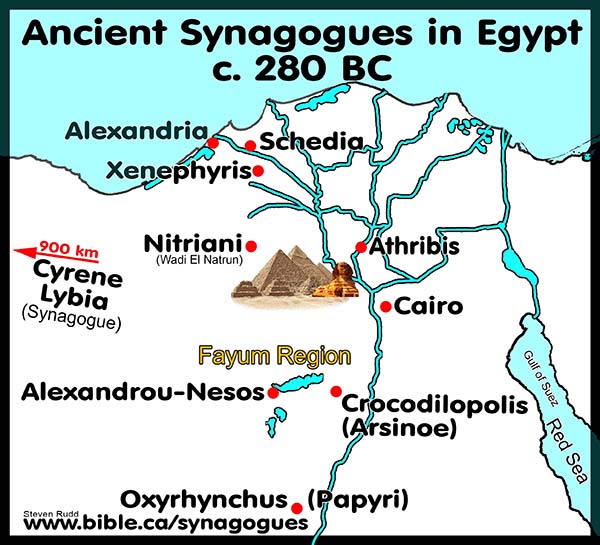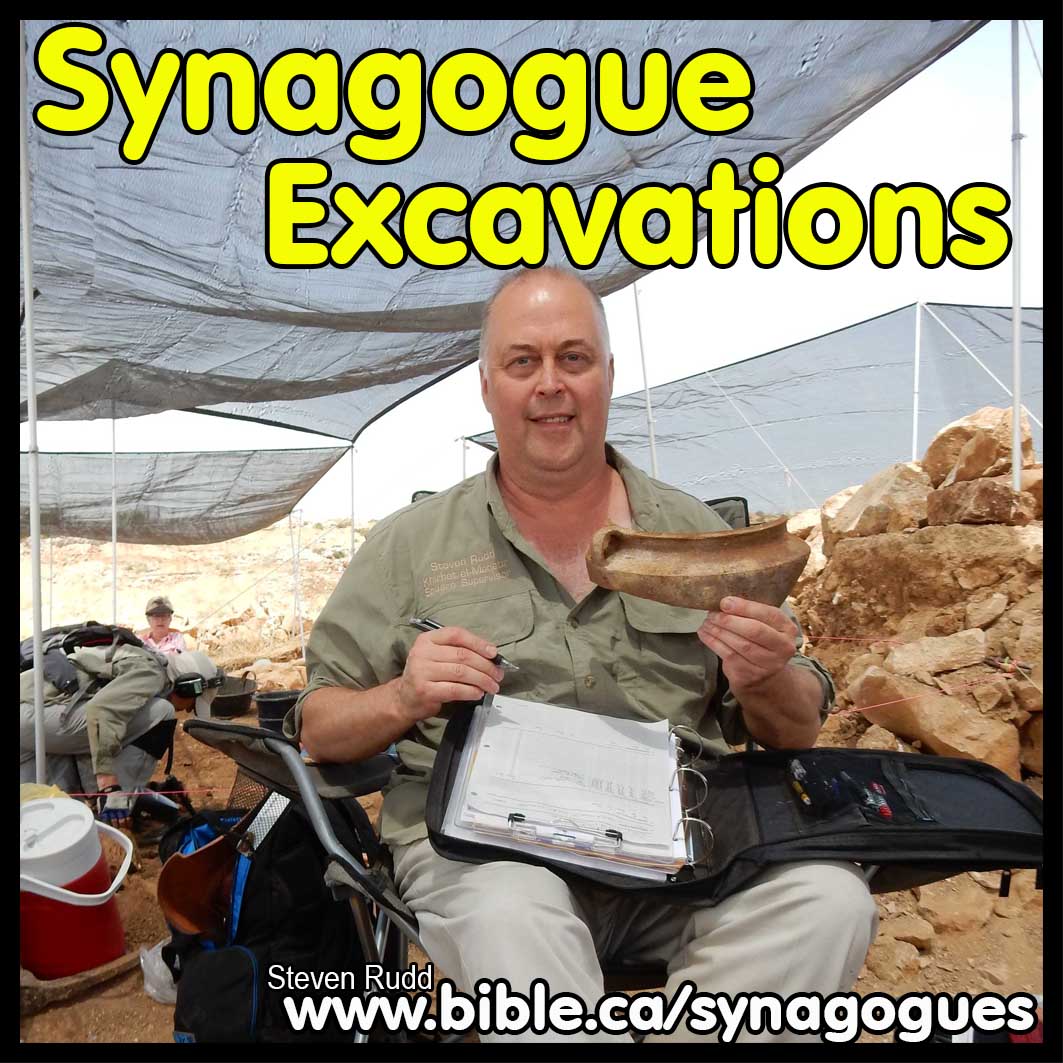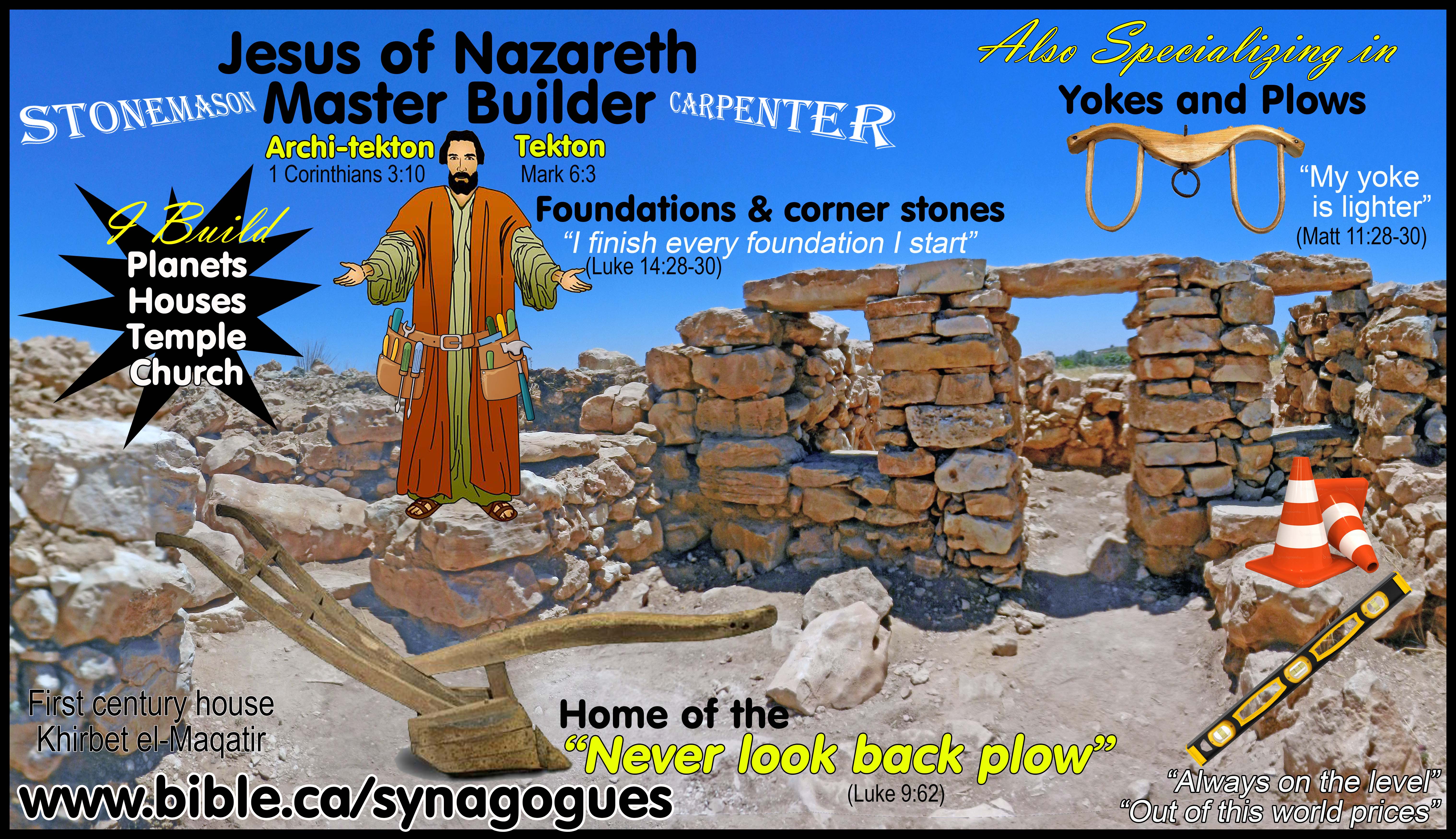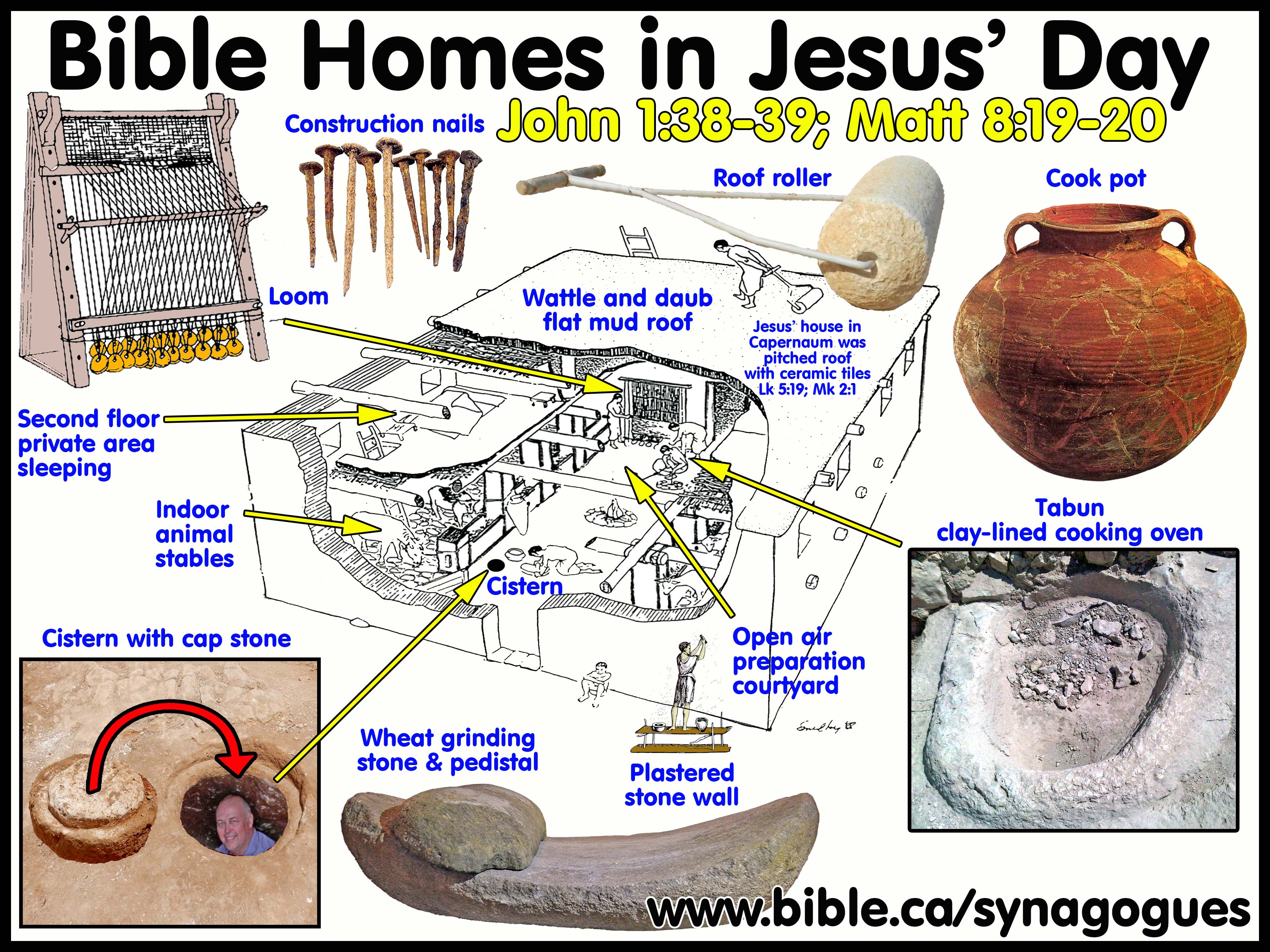Ancient Synagogues : Shuafat Synagogue (Khirbet er-Ras)
Shuafat Synagogue (Khirbet er-Ras)
1. In 1991 Alexander Onn verbally reported that he had discovered a synagogue Khirbet er-Ras during exacavation.
a. Published report in Hebrew: “Jerusalem: Khirbeth a-ras” by Alexander Onn and Y. Rafyunu in Hadashot Arkheologiyot 100, page 61, 1993 AD
b. Khirbat er-Ras is located on the northern bank of the Refa'im Valley, at the southern end of the Manabat (Malba) ridge, where Nabal Manabat runs into Nabal Refa'im (map ref. 21699/62801; Gibson 1977:30-31; Edelstein, Milevski and Aurant 1998: Plan 2.1; Kloner 2000:30*, Site 39; Gadot 2011; Fig. 1). (Khirbat Er-Ras, Jerusalem: Iron Age And Ottoman-Period Remains, Nurit Feig)
2. More detailed reports need to be published and more excavation work needs to be done at Khirbet er-Ras to clarify if there was a synagogue at this location:
a. “This settlement was founded in the second century B.C.E. and abandoned due to an earthquake in 31 B.C.E. Excavations took place in 1991 under Alexander Onn. Very little information has been published on the results of the excavations, making it extremely difficult to evaluate the identification of one of the rooms as a synagogue, or "prayer room," as it has also been labelled. Different descriptions of the remains in the various publications make the task even harder. The room measures 5 x 4 m, and a low wall of hewn stones divided the space. While benches have been mentioned in some publications, none appear in Onn and Rafyunu's article from 1993. The room seems to have had a niche; outside the room at least one miqweh was discovered. Unless further excavations or more detailed information can strengthen the case for the identification of this building as a synagogue, the authors believe the claim should be withdrawn.” (The Ancient Synagogue from its Origins to 200 AD, Anders Runesson, p75, 2008 AD)
b. “The archaeological remains of the building connected to the Theodotos inscription are too scanty for this edifice to be included in the present discussion, even if its location is almost certainly just south of the temple mount where the inscription was found. Similarly, we have not enough information on the Qatzion building from the second century, nor is it possible to discuss the 'prayer room' of Shuafat. Future excavations on these three sites are indeed welcome and may solve many problems pertaining to the development of early 'synagogues'.” (The origins of the Synagogue, Anders Runesson, footnote 395, p359, 2001 AD)
c. “Shuafat In 1991 archaeologists uncovered an agricultural settlement near Shuafat, an Arab suburb just north of Jerusalem (On and Rafyunu 1993; Levine 2000:68). The settlement was founded in the 2nd century BCE and was inhabited until 31 BCE when a catastrophic earthquake inflicted considerable damage on the area. The complex measures about 50 meters square and contains the remains of several miqva'ot. In the early 1st century BCE, a subterranean room in this complex was renovated. Benches were erected around the walls of the room, which was divided in half by a low stone wall. A niche was cut into the wall that was oriented toward Jerusalem. Based on this general information, On identified the room as a synagogue, this claim is no longer accepted and the building complex is no longer identified as a synagogue. ” (Ancient Synagogues - Archaeology and Art: New Discoveries and Current Research, Rachel Hachlili, p39, 2013 AD)
Conclusion: Based upon excavation and verbal reports:
1. The room was 5x4 meters in size
2. There were benches lining the outside walls
3. There was a niche in a corner of the building oriented towards Jerusalem.
a. The However, we know that no known pre-70 AD synagogues were ever oriented towards Jerusalem.
4. Remember, there were hundreds of Synagogues in Jerusalem, which means there where thousands in Judea, few of which have been discovered.
5. If the niche and benches can be confirmed with certainty, we have significant evidence to proclaim Shuafat as having a second temple synagogue.
By Steve Rudd 2017: Contact the author for comments, input or corrections
|
Jesus your messiah is waiting for you to come home! |
|
|
Why not worship with a first century New Testament church near you, that has the same look and feel as the Jewish Synagogue in your own home town. As a Jew, you will find the transition as easy today as it was for the tens of thousands of your forefathers living in Jerusalem 2000 years ago when they believed in Jesus the Nazarene (the branch) as their messiah. It’s time to come home! |
|
By Steve Rudd: Contact the author for comments, input or corrections.
Go to: Main Ancient Synagogue Start Page

